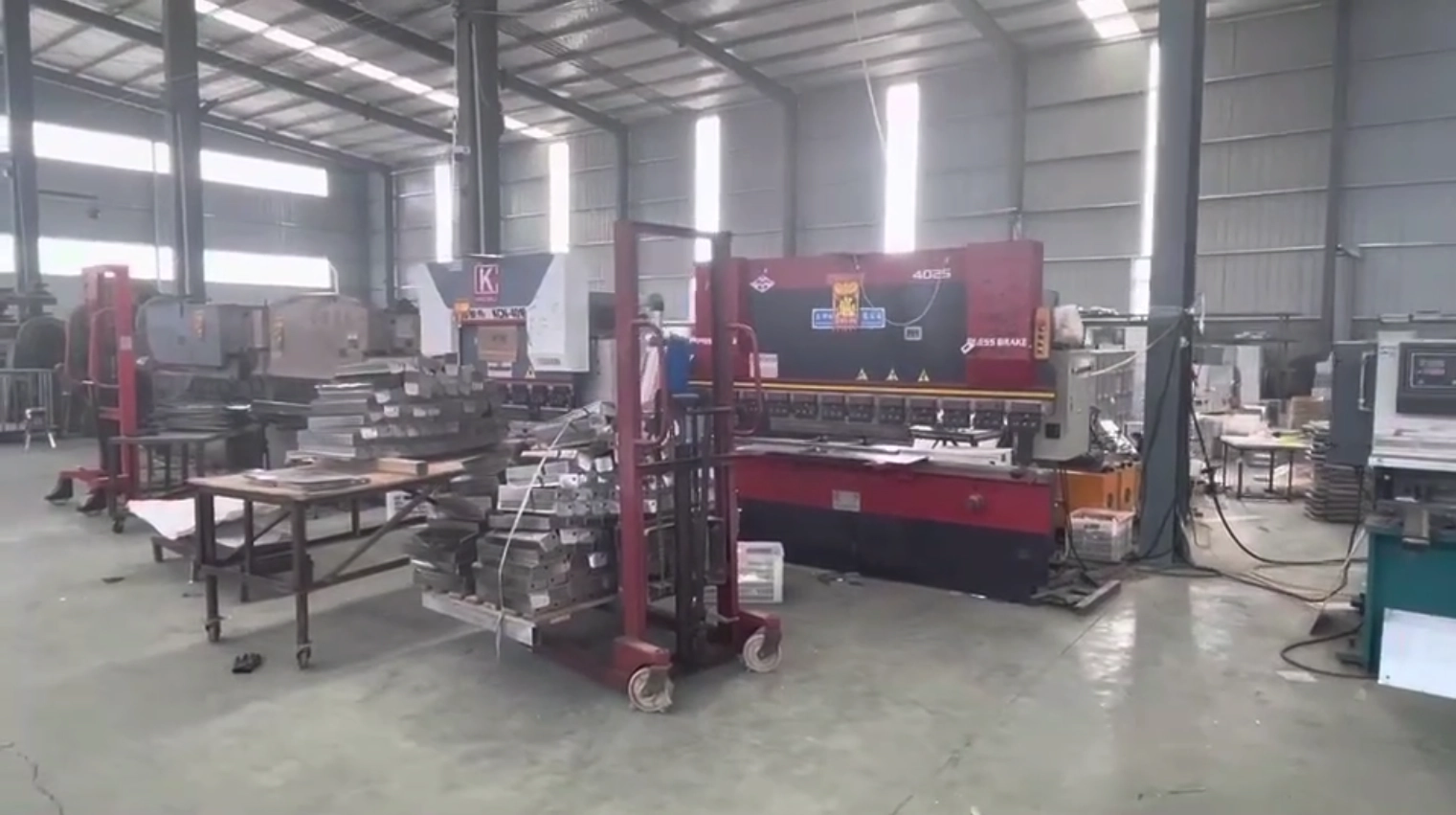◉ NEWS
HIGH-QUALITY, EFFICIENT, AND ATTENTIVE SERVICE TO USERS
15
2024
-
04
Pulverization of Impurities in Refractory Raw Material Bauxite Clinker
Bauxite clinker is one of the commonly used refractory raw materials for refractory materials, and its quality has a great impact on the performance of refractory products.
Bauxite clinker is one of the commonly used refractory raw materials for refractory materials, and its quality has a great impact on the performance of refractory products. Bauxite clinker, that is, bauxite clinker, is made of bauxite after high temperature calcination, and its Al2O3 content should be greater than 50%. The impurity content in the product should not exceed 2%, and foreign inclusions such as limestone, loess, and high calcium and high iron should not be mixed. Due to the geological distribution characteristics of bauxite raw ore, it is often accompanied by limestone, loess, etc. If the selection is not sufficient after calcination, limestone and other impurities will be mixed into the bauxite clinker. Once used in refractory prefabricated parts, after adding water, stirring, forming, drying, firing or use, the pulverization of limestone causes local pit defects in the product, which not only affects the appearance quality of the product, but also affects the internal quality of the product. Therefore, before the use of bauxite clinker, it is necessary to test the pulverization rate. The method used is to take bauxite clinker particles (particle size + 3 mm) weighing M1, immerse them in water for a period of time, and then dry them at 110 ° C. After passing through a 3 mm screen, the weight of the particles on the screen is M2, and the pulverization rate can be expressed as:
Pulverization rate (%) = (M1-M2)/M1 ×
The pulverization rate should not exceed 0.20%. If the measured pulverization rate is too high, in order to ensure the quality of the product, the batch of raw materials needs to be pretreated, which can be impregnated with water first, dried and screened before use.
What should I do if the refractory material cracks, falls off, and is easy to wear? If you want to solve the problem, you need to dig from the source and analyze the real reason. Refractory has been engaged in refractory production and R & D services for many years. Refractory manufacturers have produced brick lining for the tundish, which effectively guarantees the normal operation of the tundish and reduces heat loss. The year-on-year reduction in heat loss can reach 25%, effectively improving the utilization rate and improving product quality. It can solve various difficult problems in the lining of high-temperature kilns. Welcome new and old customers to Shandong Ruinai for inspection!
Pulverization of Impurities in Refractory Raw Material Bauxite Clinker
2024-04-15
Bauxite clinker is one of the commonly used refractory raw materials for refractory materials, and its quality has a great impact on the performance of refractory products. Bauxite clinker, that is, bauxite clinker, is made of bauxite after high temperature calcination, and its Al2O3 content should be greater than 50%. The impurity content in the product should not exceed 2%, and foreign inclusions such as limestone, loess, and high calcium and high iron should not be mixed. Due to the geological distribution characteristics of bauxite raw ore, it is often accompanied by limestone, loess, etc. If the selection is not sufficient after calcination, limestone and other impurities will be mixed into the bauxite clinker. Once used in refractory prefabricated parts, after adding water, stirring, forming, drying, firing or use, the pulverization of limestone causes local pit defects in the product, which not only affects the appearance quality of the product, but also affects the internal quality of the product. Therefore, before the use of bauxite clinker, it is necessary to test the pulverization rate. The method used is to take bauxite clinker particles (particle size + 3 mm) weighing M1, immerse them in water for a period of time, and then dry them at 110 ° C. After passing through a 3 mm screen, the weight of the particles on the screen is M2, and the pulverization rate can be expressed as:
Pulverization rate (%) = (M1-M2)/M1 ×
The pulverization rate should not exceed 0.20%. If the measured pulverization rate is too high, in order to ensure the quality of the product, the batch of raw materials needs to be pretreated, which can be impregnated with water first, dried and screened before use.
What should I do if the refractory material cracks, falls off, and is easy to wear? If you want to solve the problem, you need to dig from the source and analyze the real reason. Refractory has been engaged in refractory production and R & D services for many years. Refractory manufacturers have produced brick lining for the tundish, which effectively guarantees the normal operation of the tundish and reduces heat loss. The year-on-year reduction in heat loss can reach 25%, effectively improving the utilization rate and improving product quality. It can solve various difficult problems in the lining of high-temperature kilns. Welcome new and old customers to Shandong Ruinai for inspection!
Related News




